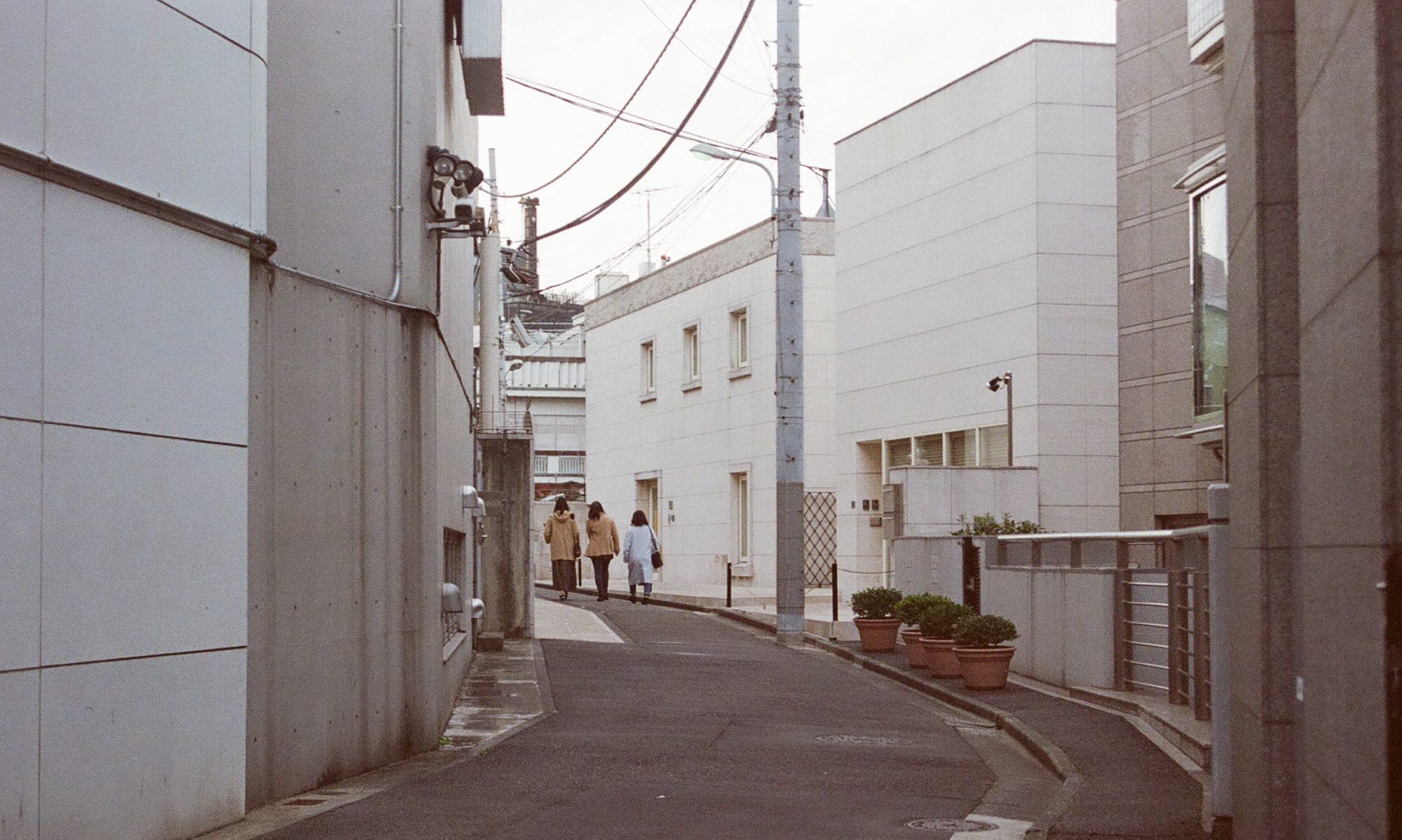“Project DREAM” is an interactive media project, where the stages of sleep and activity of dreaming is recreated in a digital environment to explore the ‘interstice’ between reality and your unconscious. The personal experience is confined to a single user at a time, where he would be connected to a heart-rate sensor as an indicator of his comfort or “state of rest”. The participant enters a dark room, which consists of a chair and a wall of alarm clocks. When he is calm and seated, indicated by a consistent heart rate, it triggers the set timers on the alarm clocks as well as a projection of written “dreams”. The dreams shown are recollections of dreams from other participants, where they are collected and viewed as story. When the alarms go off, the environment and room reacts, mimicking the process of being woken up, where the lights flicker and the “dream” ends.
According to Manovich in The Language of New Media, he states that new media works are bounded by five general principles. Digital works can be characterised by numerical representation, modularity, automation, variability and transcoding. “Numerical Representation” refers to the backbone of digital code in new media projects, where it involves sampling. An algorithmic pattern of code is constructed using units through systems that reads and manipulates such units to produce a desired outcome. In our project, mathematical code serves as building blocks that shapes the processes through open-source tools, such as processing and arduino.
New Media works have “modularity”, a whole composed of parts of a fractal nature. Each system have different components that work together and the systems function connectively as a whole. The foundation of computer programming is built upon this principle, where it allows for autonomy of individual parts as well as the functionality between them as a system. “Project DREAM” involves different systems that are interconnected, relying on the inputs and outputs that triggers one another. However, each system is wired and can exist on their own.
An unique difference between new media works and traditional artworks is “variability”, where new media works can exist in “different, potentially infinite versions”. With the involvement of human interaction, unpredictability serves as a variable in digital works. In “project DREAM”, each experience within the work is different as the freedom of interaction and responses trigger different outcomes. The input of the various dreams produce different experiences for each viewer, where the variables in our work is “space” and “time”. The duration and the environment (projection and light) changes according the how a viewer decides to interact with the space.
Lastly, Manovich argues that new media is composed of two distinct layers, “cultural layer” and “computer layer”. The complex relationship between the two layers is explored in new media works through “transcoding”, where systems of organisation of culture is integrated with interfaces in computing. New media works blend two seemingly contradicting components, media and data through computerisation. “Project DREAM” is exploring an organic and visceral concept through digital and objectified ways. The concept of sleep and dreaming is portrayed in a simplified and “non-human” manner that would not have been possible before the existence of new media and coding.
